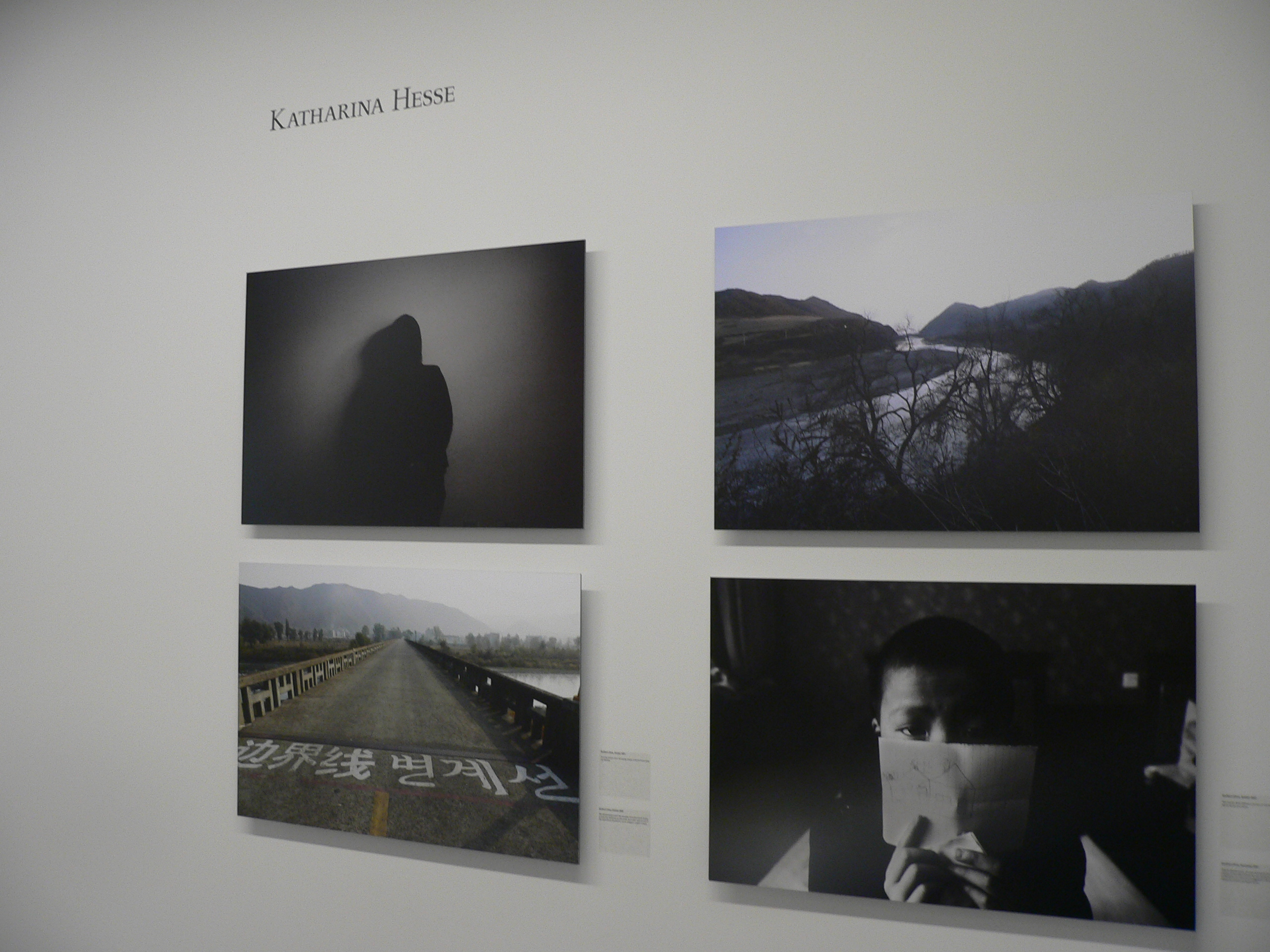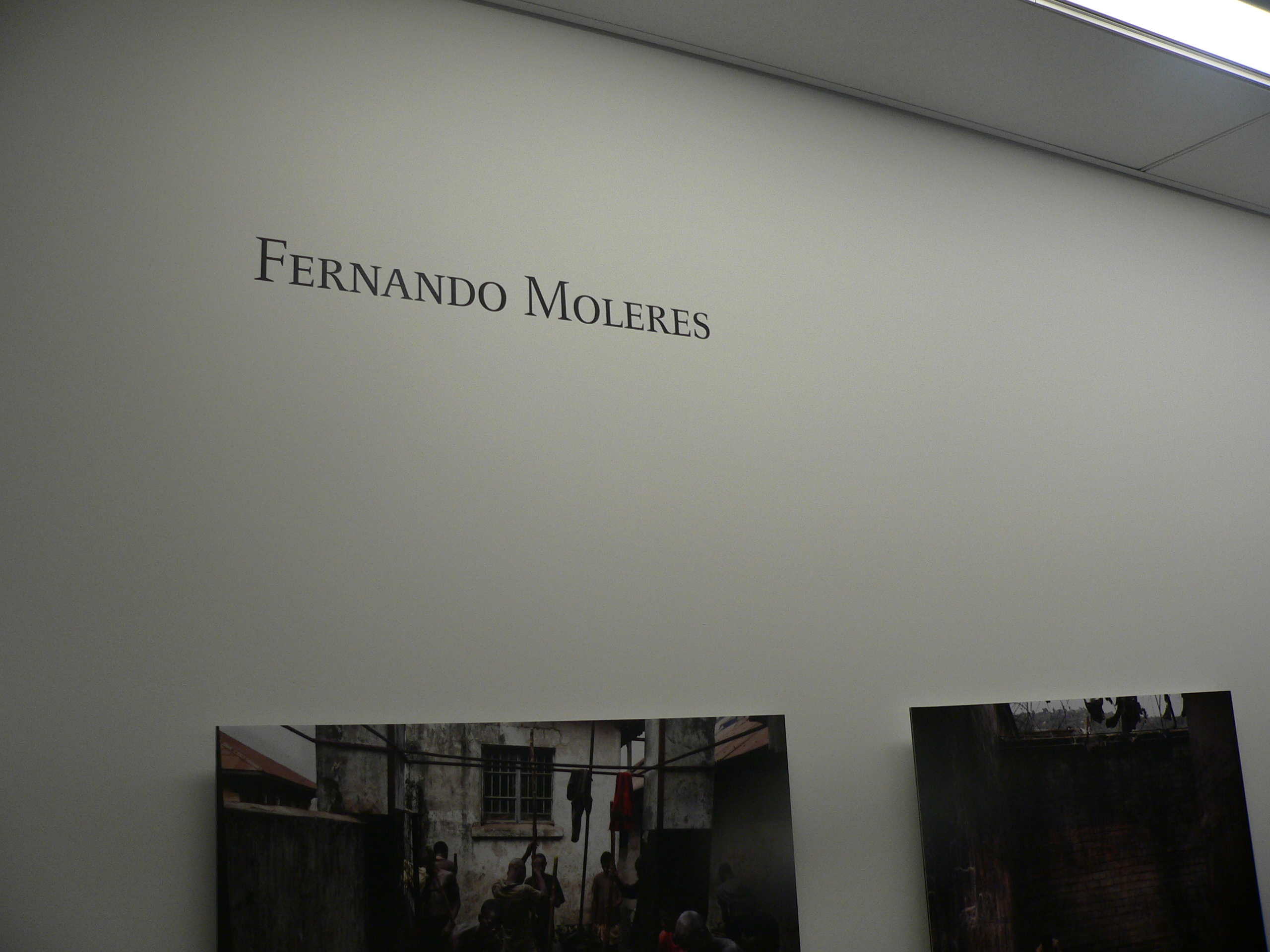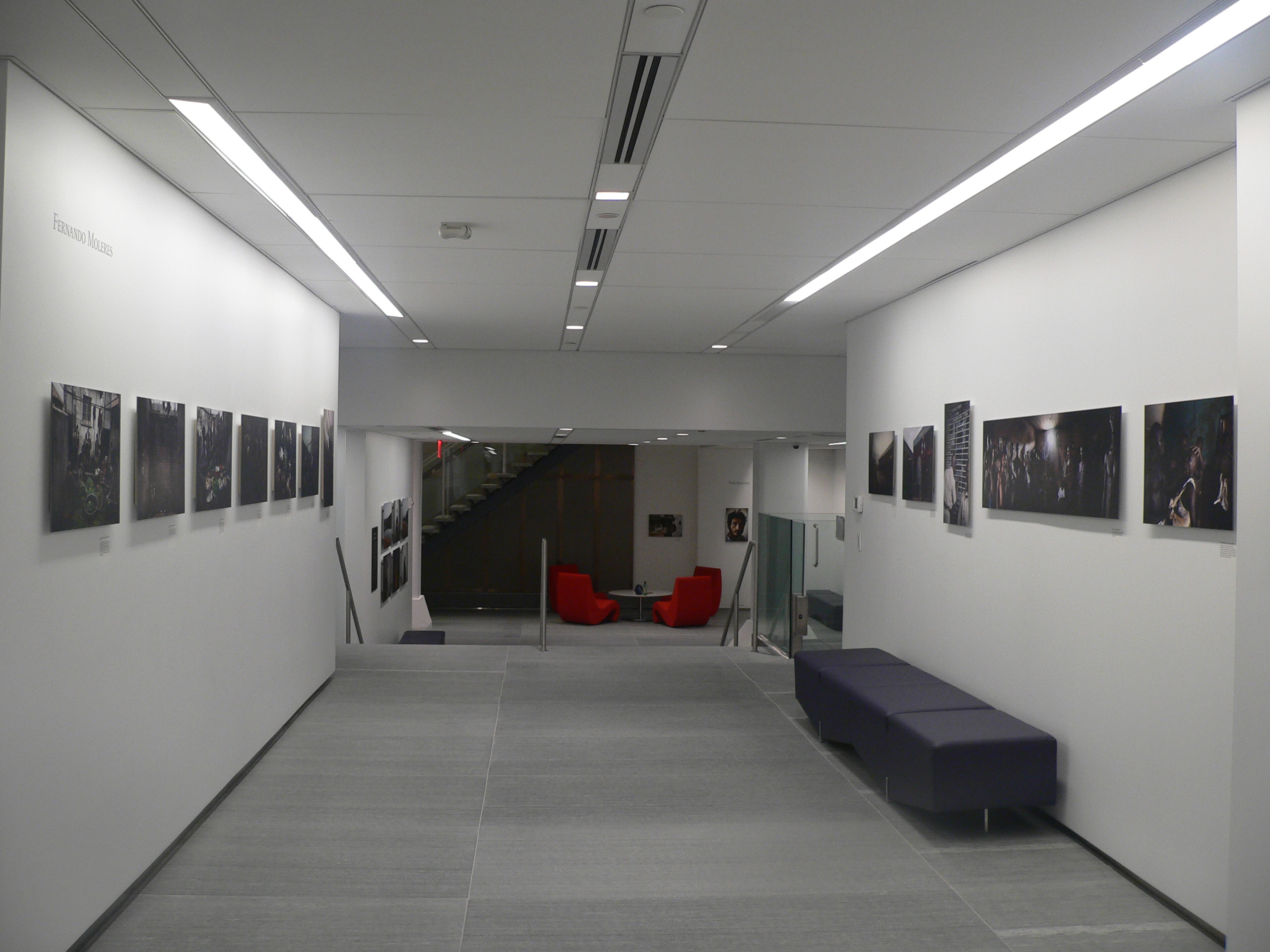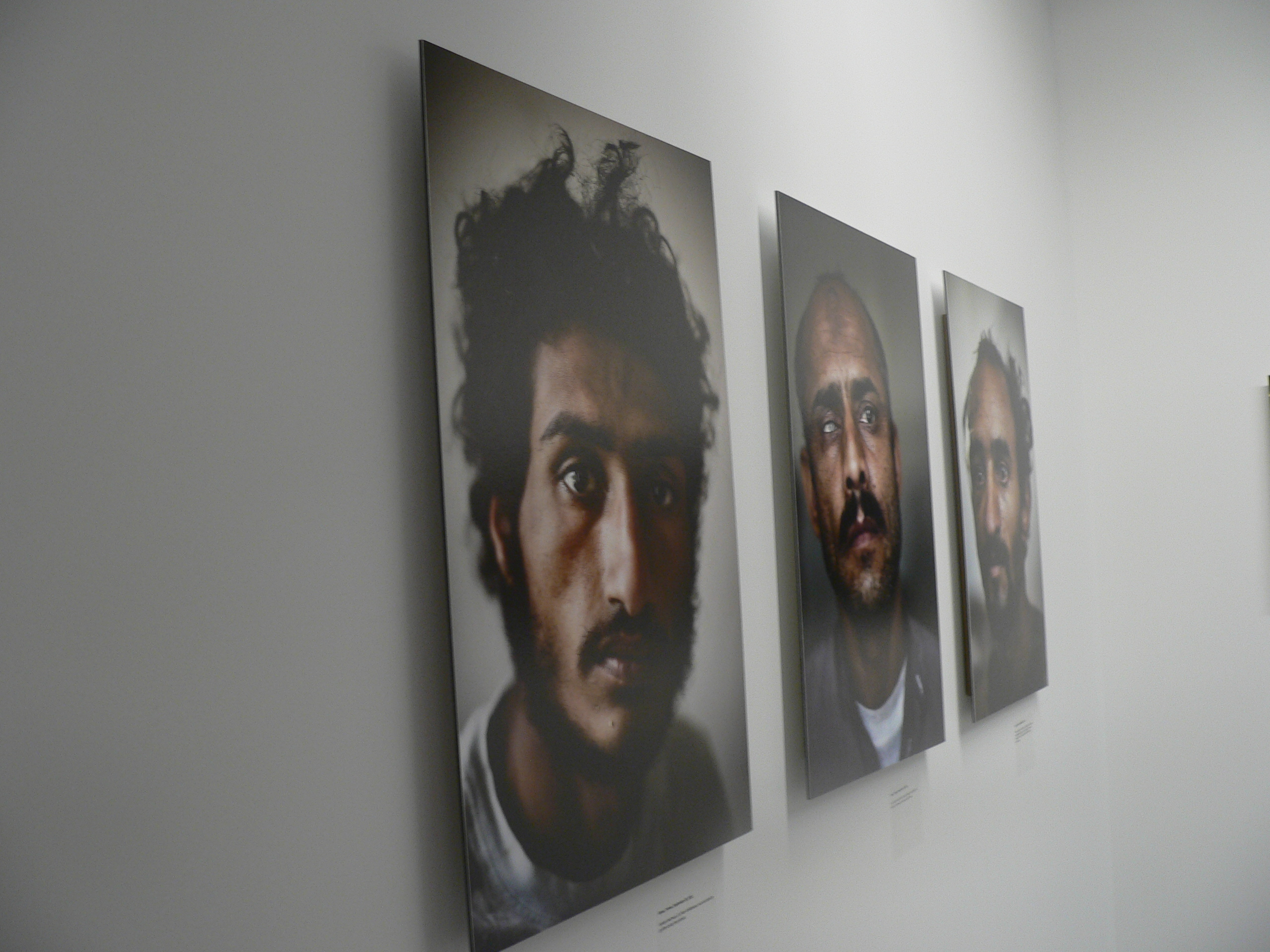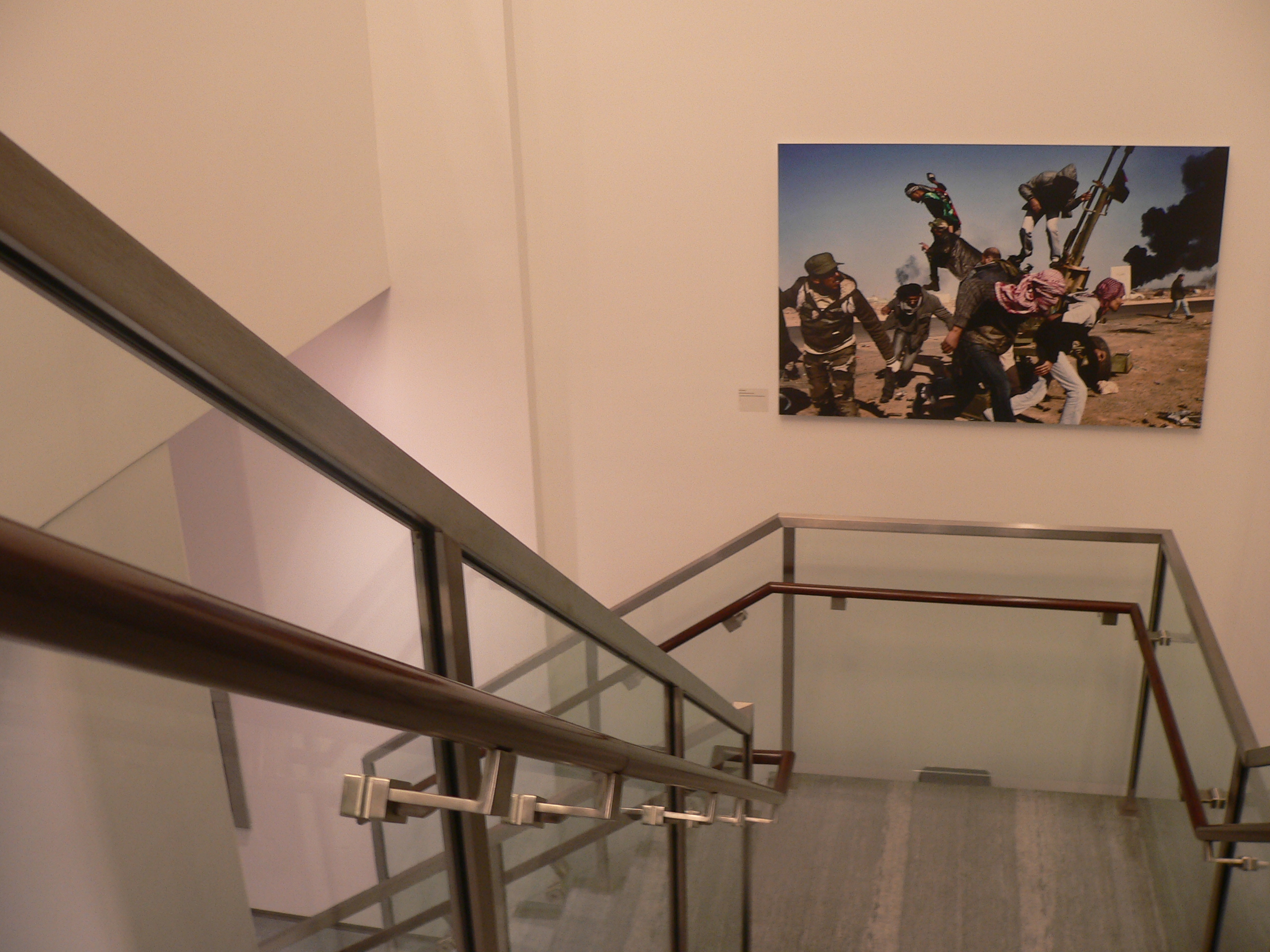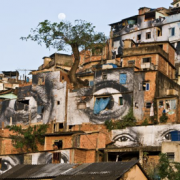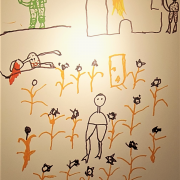Moving Walls, a photography exhibition documenting social justice and human rights
By Fiana Gantheret
Following up on the implications of photojournalism in humanitarian settings, today’s post will look into the Open Society Foundations Moving Walls exhibits. Open Society Foundations have organized, since 1998, an annual documentary photography exhibition entitled Moving Walls, which presents the work of several photographers about subjects related to social justice and human rights issues.
Moving Walls 20 is this year’s edition, and is exhibited in the New York offices of Open Society Foundations until 13 December 2013. Each photographer’s exhibit comprises about 20 pictures documenting one subject. 20 images that depicts a reality.
Borderland: North Korean Refugees
Katharina Hesse‘s work shows North Korean refugees and activists that help them cross the border between North Korea and China, as well as landscapes of the fields that these refugees have to go through to escape.
Katharina Hesse, who met the refugees in China, explains in the “artist statement” that accompany every exhibit that they are fleeing their country because of hunger and for political reasons. She refers to other refugees that we see on television, whose faces we know, in Africa for example. And compare them to the North Korean refugees who are “faceless, literally faceless”. And indeed they are on the pictures. Which seems self evident when one knows – from an activist who helped these refugees to cross the border – that if they were to be caught by the Chinese authorities, they would be sent back and tortured.
Katharina Hesse explains the background of these pictures: how she has been photographing the North Korean refugees at the Chinese border for nine years, and the tales she heard – always the same – about hungry people being shot for stealing food and living in a constant state of fear. She also says how she wishes that people, knowing about these refugees’ situations, will pay more attention, and react and do something.
Juveniles Waiting for Justice
Fernando Moleres is another photographer whose work documents juveniles detained in the Pademba Road in Freetown, Sierra Leone. His motivation to document these minors’ lives in prison was to clearly depict the conditions they live in: privation of food while waiting to be sent to prison, no hygiene once there, scarce food and water, as well as a violent environment, with adult inmates beating up the young ones. The minors stay sometimes several months in the Pademba Road prison waiting for trial. The guards escort them to court on a daily basis to be presented to the judge. Many went several times before they were seen and received their sentence. One of Fernando Moleres’ pictures showing the “registration room” is grotesque: a man is sleeping among piles of sheets of paper, loose and rotten pages which are supposed to contain the names of the 1,300 inmates.
Fernando Moleres has set up the Free Minors Africa Initiative in 2012 which offers legal aid and bail payments to young people convicted for minor offenses.
Moving Walls 20 also introduces to the work of three other photographs:
On Revolution Road, by Yuri Kozyrev, documents the political uprisings in Bahrain, Egypt, Tunisia, Yemen and Lybia that were part of “the Arab Spring” in 2010, 2011 and 2012.
Traces: Landscapes in Transition on the Yellow River Basin, by Ian Teh, depicts how economical growth has affected the landscapes in China, and more particularly the Yellow River which directly sustains 150 millions people.
Finally, Interrogations, by Donald Weber, is a striking set of pictures showing ukrainians criminals or alleged criminals being interrogated by the police using intimidation, persuasion or humiliation to get information. According to the photographer Donald Weber, “Interrogations is about a place where justice and mercy and hope and despair are manufactured, bought, bartered, and sold; a sound-proofed factory where truth is both the final product and the one thing that never leaves the room.” An interview of Donal Weber by Jim Casper is also available here.
The images as much as the artist’s statement and the text accompanying the pictures make the experience full of strong emotion. The exhibitions that are being presented in Moving Walls document the reality of the “victims”, namely the persons being the subject of the human rights violations or at the center of the social issue at stake. But they also render the experience of the photographers, and what they want to show and how they relate to it. We are moved by the juveniles in the Freetown prison, but also by the indignation of Fernando Moreles that is at the outset of his will to document their situation.
On the Open Society Foundations website, you can also have a look at former Moving Walls editions: Moving Walls 2: Farewell to Bosnia, Moving Walls 11: Darfur in Exile, and Moving Walls 5: Beyond Grand Street, Brooklyn, New York, for example.
Moving Walls 21 will open to the public on 29 January 2014 and will run through until 3 October 2014.
Application process on the next call for submissions (end of 2013) is explained here.

